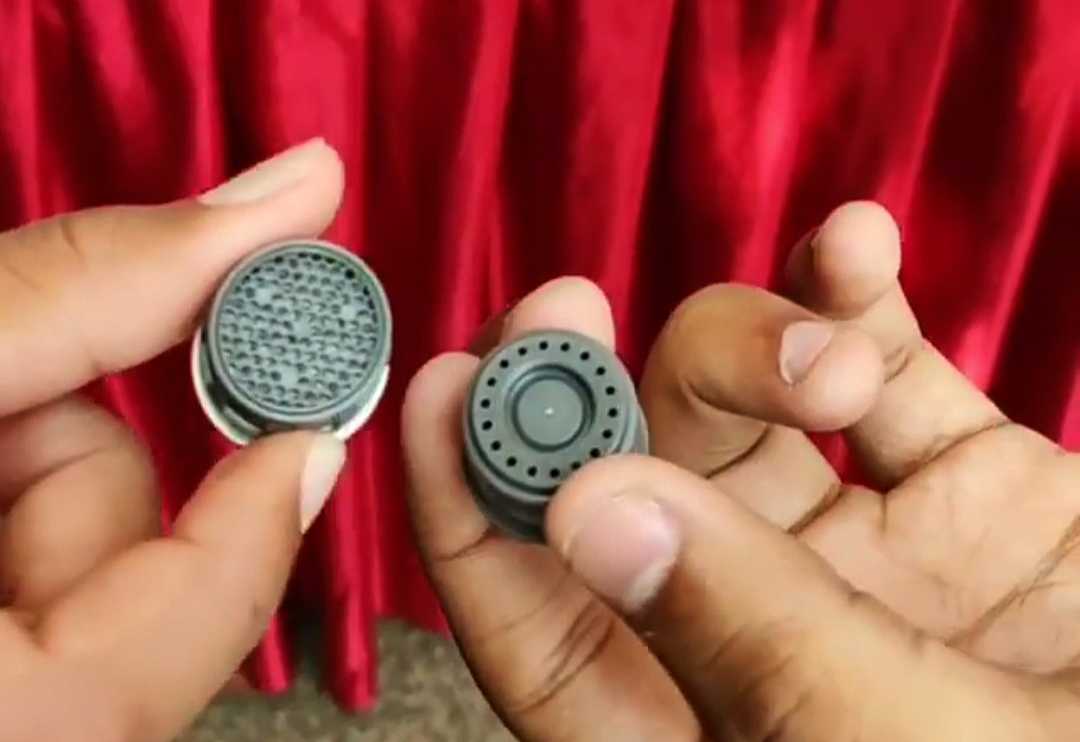How to save 10,500 acres of land from Punjab’s infamous stubble burning?
By Hardeep Singh
Author Bio:
During the winter of 2022, I, along with my friends, made the conscious decision to tackle the issue of stubble burning in Punjab. Although the problem is widespread, we chose to start small, focusing on a few villages and several thousand acres of farmland where stubble burning was prevalent. Our goal was clear: to save 9,500 acres from the harmful practice of stubble burning across 35 villages in Punjab. I share this example to emphasise on how local problems demand local solutions and community involvement. Here’s how we did it.
1. Surveying the village: In August 2022, I embarked on a journey to 35 villages in Punjab’s Patiala district to understand how farmers dealt with the issue of stubble burning. I keenly observed the farmers who had found alternative solutions to manage crop residue. In total, from August to March, I covered 35 villages amounting to a total of 10,500 acres.
What is stubble burning?
Stubble burning is a process of setting on fire the straw stubble, left after the harvesting of grains, like paddy, wheat, etc. It is usually required in areas that use the combined harvesting method which leaves crop residue behind. The process of burning farm residue is one of the major causes of air pollution in parts of north India, deteriorating the air quality.
2. Engaging with stubble-burning farmers: During my visits, I visited farmers who continued the practice of stubble burning, taking time to listen to their concerns. Some of the common concerns were of less germination of the next crop, lack of machines for the mulching technique, and the fermentation of stubble in the field if not done the technique properly. It became apparent that simply lecturing them wasn’t an effective approach. About 60 % of successful farmers switched to alternatives, while 40% still continued stubble burning.
3. Raising awareness through Nukkad Natak: To convey the message effectively, that stubble burning is not an effective solution, I decided to create a Nukkad Natak [in Hindi and some regional languages, street play]. I performed these plays in all the 35 villages. During these performances, not only the farmers but even the families and members of the village panchayat who witnessed the play were not entirely convinced. The learning here was that merely a nukkad natak can’t change the perspective, the perspective could be changed by doing awareness camps, door to door campaigns, finding at least one farmer first in the village who can agree to their point of not burning stubble and then presenting him as an idol in front of other villagers.
4. Introducing the ‘Mulching’ Technique: The technique I introduced to the farmers is known as the ‘Gyan technique’, named after a knowledgeable farmer whose name is Gyan. The gyan technique is nothing but the process of mulching, a simple and cost-effective method to manage leftover paddy residue.
How to go about mulching?
After the paddy harvest, it is time to deal with the leftover stubble.
- Begin by sprinkling wheat seeds into the stubble, which remains in the field.
- Then, using a reaper, thresh the stubble, ensuring there is a 4-inch gap between the reaper and the ground.
- Keep the level of the threshed stubble consistent across the entire field.
- After a few days, make sure to water the field to facilitate the growth of wheat.
Note: It is crucial to bear in mind that this technique can vary depending on the type of soil. Therefore, it’s recommended to conduct a smaller-scale test before applying it to the entire field.
5. Knowledge sharing for better receptivity: While introducing the gyan technique to farmers, I encountered a challenge: the farmers were struggling to visualise and accept this new unfamiliar technique. To address this gap, I invited farmers who had successfully abandoned stubble burning on their farms and switched to mulching, to share their experiences. This way, farmers were far more receptive to learning and implementing the new technique on their farms with the additional assurance of fellow farmers from the region.
6. Organising educational meetings: To further educate the farming community, I organised various meetings to emphasise the importance of soil health and how stubble burning negatively impacts it. These discussions aimed to underline the significance of adopting alternative practices. To change the mindset, 10- 12 interactions were needed which included nukkad nataks, awareness camps, and door to door campaigns. Village Panchayats were a part of these campaigns since farmers in Punjab also include village sarpanchs, who farm and follow similar processes and techniques.
Impact: By the end of concentrated efforts, we not only met our target but also exceeded it — safeguarding 10,500 acres from the detrimental effects of stubble burning.
